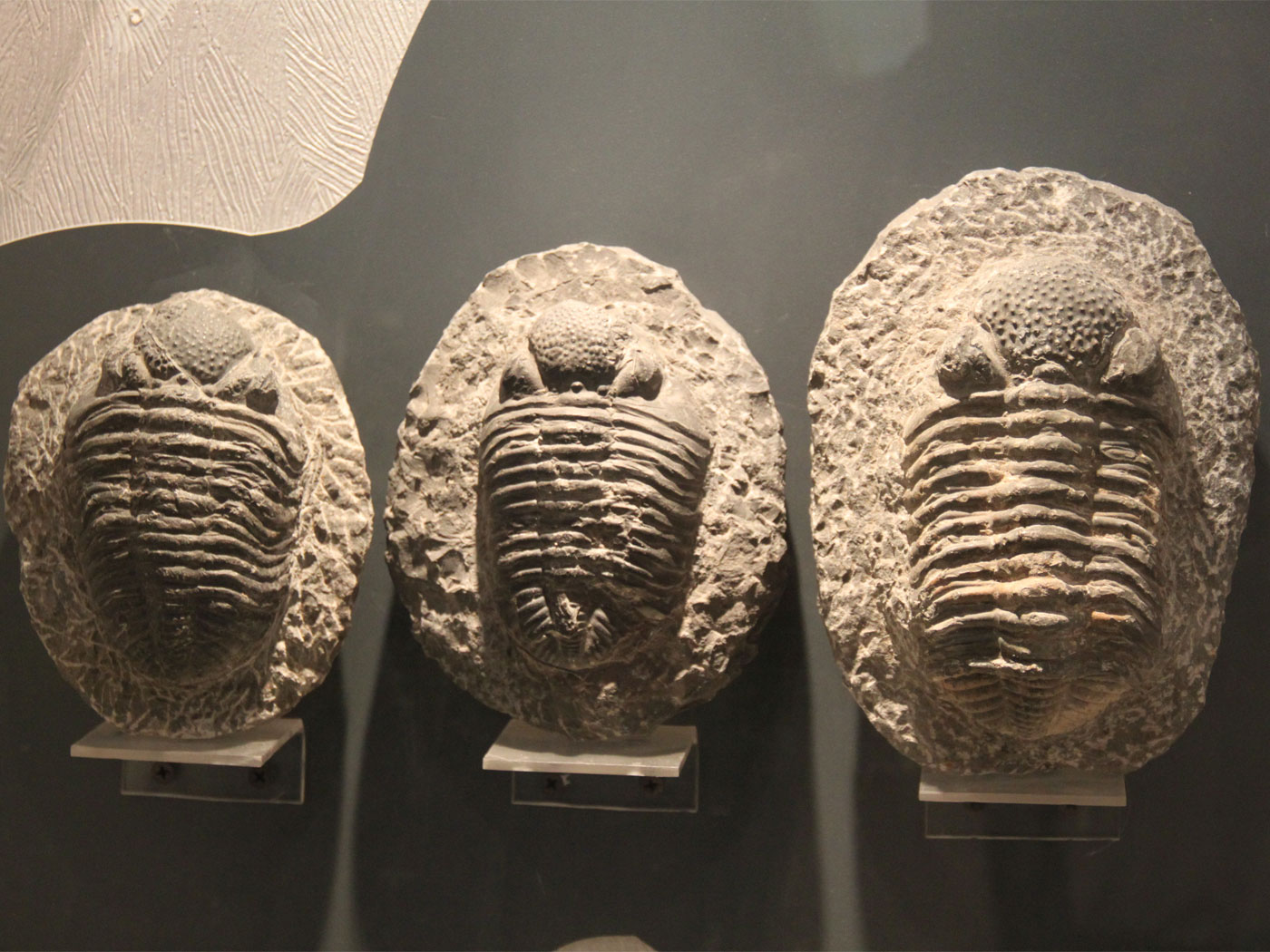The human genome has become a leading area of biological investigation. Its massive amounts of data have been digitized, which allows the information to be more easily studied. Much of genomic function remains a mystery, so new discoveries are common--and often quite surprising to the researchers making them.
For instance, biologists have used the human genome information to study aspects such as amino acid tandem repeats, which before would not have been possible. All human proteins are made of precise combinations of 20 different amino acids ordered like beads on a string, and almost 20 percent of these proteins have at least one occurrence of the same amino acid four times in a row. These repeated sections are usually an integral part of that protein's design. But as in Huntington's disease, sometimes a biological error causes too many repeats to occur and this produces a misshapen and ineffective protein.
Researchers recently performed a bioinformatics analysis of amino acid tandem repeats throughout the genomes of 12 vertebrate species, including mice, chickens, zebrafish, and cows. The repeats inside known genes were compared with similar amino acid repeats found elsewhere outside the protein-coding regions called "genes."
They anticipated that genome sequences other than genes (which comprise roughly 97 percent of the human genome) should not contain codes that specify tandem repeats because those areas were assumed to be "junk DNA." These sequences were thought to have no function in the cell, and thus to be subject to mutations. This process, though actually degradative, is optimistically called "neutral evolution."1
However, what the researchers found was just the opposite. The similarity between repeated amino acid strings found in non-coding (that is, non-gene-coding) areas as compared to gene-coding areas across the 12 species was "much higher than expected under neutrality, and…selection has played an important role in amino acid tandem repeat evolution."2
What are the odds that a chance-based system, like mutations, could generate many amino acid repeat codes in supposedly useless, throw-away areas of the genome? Since at least two specific DNA bases are required to specify each amino acid, then "chance" would have to produce at least 10 bases in just the right places to generate a repeat of five amino acids. And many tandem repeats are much longer than that.
The data forced the researchers to acknowledge that the repeats they found in non-coding regions were there on purpose, not by chance. But they attributed "purpose" to the evolutionary term "selection." Thus, the unexpected amino acid repeat finds were assumed to have been put in place by natural selection, which is the 19th-century concept that mindless laws of nature exert some kind of creative force on life forms--a monolithic Darwinian doctrine with no science behind it. In fact, when natural selection was recently tested (at long last), "it" was nowhere to be found.3
Instead, it appears that the amino acid tandem repeats, as well as similar repeats throughout the whole genome, were put in place on purpose by an entity with the prerequisite characteristics for being able to act with purpose: wisdom, will, and power. Nature has none of these, despite God-denying viewpoints that might try to imply otherwise.4
References
- Thomas, B. 2009. Preadaptation: A Blow to Irreducible Complexity? Acts & Facts. 38 (11): 15.
- Mularoni, L., et al. 2010. Natural selection drives the accumulation of amino acid tandem repeats in human proteins. Genome Research. 20 (6): 745-754.
- Thomas, B. Lizard Study Questions Natural Selection. ICR News. Posted on icr.org June 4, 2010, accessed June 13, 2010.
- Morris, H. 1995. Nor Any Nod to God. Acts & Facts. 24 (1).
* Mr. Thomas is Science Writer at the Institute for Creation Research.
Article posted on June 21, 2010.























